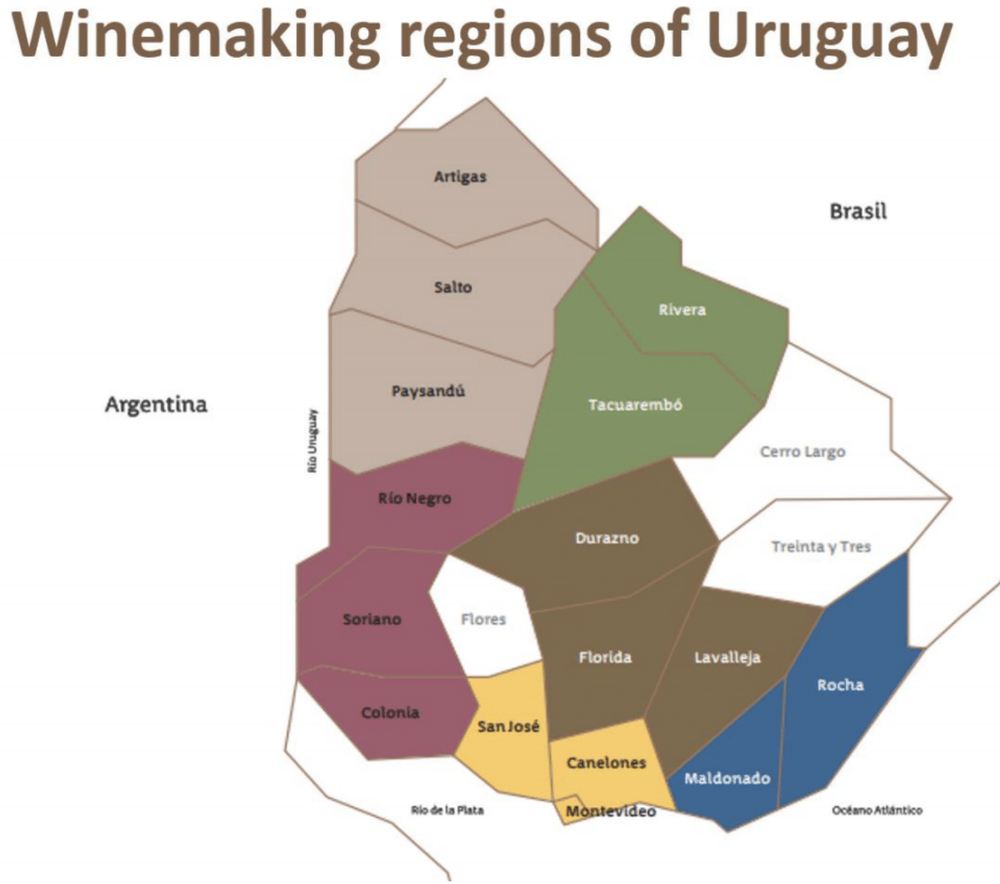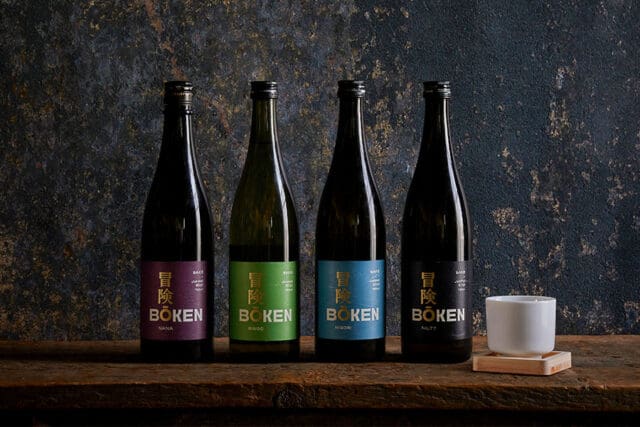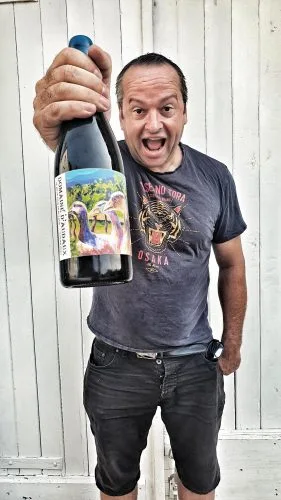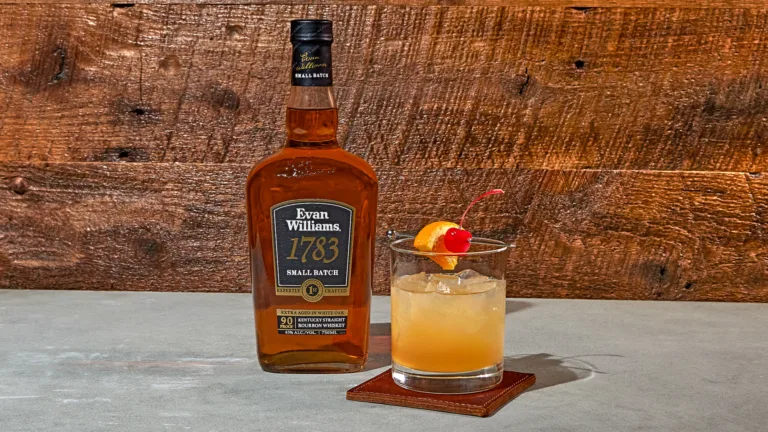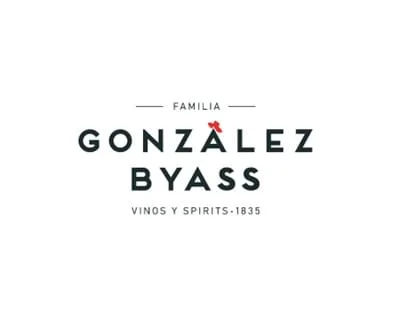Image Courtesy of Uruguay Wine
Continuing with the theme of wines of Uruguay, here’s a listing of their wine producing regions and the overall wine grape planting percentages of each sub-region (which are also knows as “Departments”):
Northern Riverside (light brown regions): Artigas (0.1%), Salto (0.9%) and Paysandú (1.9%)
Southern Riverside (light purple regions): Rio Negro (<0.01%), Soriano (0.1%) and Colonia (5.1%)
Metropolitan (Yellow regions): San José (4.7%), Canelones (67%) and Montevideo (12%)
Northern (Green regions): Rivera (0.5%) and Tacuarembó (0.1%)
Central (Dark Brown regions): Durazno (0.3%), Florida (0.3%), Lavalleja (0.1%) and Treinta y Tres (<0.01%)
Oceanic (Blue regions): Rocha (0.3%) and Maldonado (7%)
As you can see by the percentages, the Metropolitan region accounts for nearly 84% of all grape plantings in Uruguay.
While there are many great cities to visit across the wine regions of Uruguay, here are three that are well worth a visit:
MONTEVIDEO
The capital city of Uruguay is also the epicenter of viticultural gastronomy. The metropolitan area contains two thirds of the country’s vineyards, making it easy to visit some of the country’s most fabled wineries.
In the Ciudad Vieja (old city), a walk through the pedestrian district, from the Cabildo de Montevideo to Plaza Zabala, is an excellent introduction to historic Montevideo, within what was the walled city built in 1724. The port market a few blocks away is an excellent place to enjoy lunch. La Rambla, which runs along the edge of the city, offers another perspective on the life that bustles within, especially between Parque Rodó
This Article was originally published on Ever Wonder Wine

